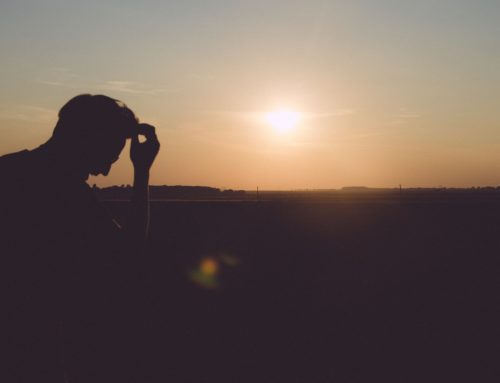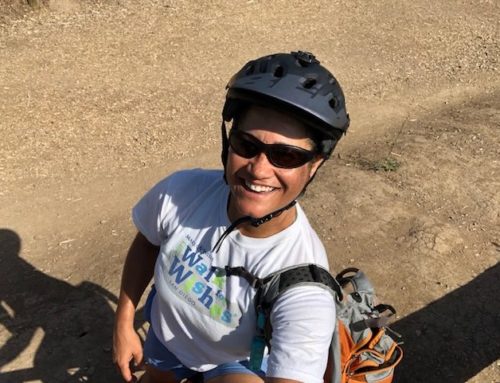It seems that women want to focus on leg training, while often times men only seem interested in training the upper body. In reality, you should always train your body equally, never neglecting any particular body part. The legs play a major role in your physical makeup (obviously) and therefore are deserving of their due training. This constitutes the fourth part of my ongoing series on training various body parts.
As in the previous segments, we will focus only on the exercises and not the weight, repetitions, or sets, as they are specific to each individual. Leg exercise fits into 2 categories—compound exercises and isolation exercises. Compound exercises consist of those that work more than one muscle group at a time, while isolation exercises focus on a specific area. I’m going to outline 3 of the more common compound leg exercises: the leg press, squat, and dead lift.
The leg press machine, a common means of training the legs, is native to most gyms. While the type of leg press may vary, some characteristics are standard. For one, the user will engage the leg muscles to push against a given resistance. Two, this may be performed from either a seated or supine position. Either way, the leg muscles will engage in pushing the weight or resistance away from the body. Free weights or machined weights, the machine’s shape and design may vary. The user should begin by placing the feet about shoulder width apart, and from the resting position, exhale and extend the legs being careful not to lock the knees at full extension. Return to the starting position by bending the knees and bringing the weight back down, being careful to maintain as close to a 90-degree angle at the knee as possible while not allowing the lower spine and tail bone to curl away from the seat. Repeat by pushing back to the starting position.
The second exercise, squats, requires the user begin from a standing position. Performed with no weights at all, dumbbells, a barbell, or a smith machine, feet should once again be at about shoulder width apart. If doing without weights, the hands should rest on the hips; if using dumbbells, hold them at your sides; and if using a barbell, you can rest it on your upper back and shoulders. From there, keep the spine straight and look slightly upward to maintain good posture, bend your knees, inhale, and shift your weight to your heels, going down to a 90 degree angle at the knee. Repeat as you exhale and return to a standing position.
The third exercise is the dead lift. This works the hamstrings and the low back, but not the quadriceps. Extra caution should be taken when performing these since the low back proves very sensitive for a lot of people. These too can be performed with either dumbbells or a barbell. Once again, the user should start from a standing position with feet shoulder width apart. If using dumbbells, hold the weights at your sides, if using a barbell, hold it in front of your body, both with arms fully extended. Looking straight ahead to maintain good posture, bend at the waist, lowing the weights toward the floor while keeping the spine straight. Breath in as you go down as far as you comfortably can, then exhale and return to a standing position again.
While more compound leg exercises like lunges exist, the three we covered here will definitely get you off to a good start. In addition to compound exercises, there are many isolated ones to train specific parts of the leg, like the leg extension, leg curl, calf presses, and countless others. However, the ones discussed here should help you to build a good foundation on which to add later.
If you have any injuries or medical conditions, you should definitely seek the advice of your physician before undergoing any new exercises. Remember to begin with very light weights and work your way up. It is always best to perfect the movements first before attempting greater resistance. Be sure and check back in a couple weeks for the next segment!
Melissa Allen, BS, CPT, CES is a certified personal trainer, corrective exercise specialist and Medifast health coach, is the owner of the Optimum Condition Corrective Exercise & Performance Center, located in El Cajon, in the East County of San Diego. We specialize in customized fitness training and corrective exercise for both recreational athletes and post-rehab clients, as well as guaranteed weight loss programs or your money back. You can schedule a free consultation to help you get started. Please visit her website at OptimumCondition.org.





